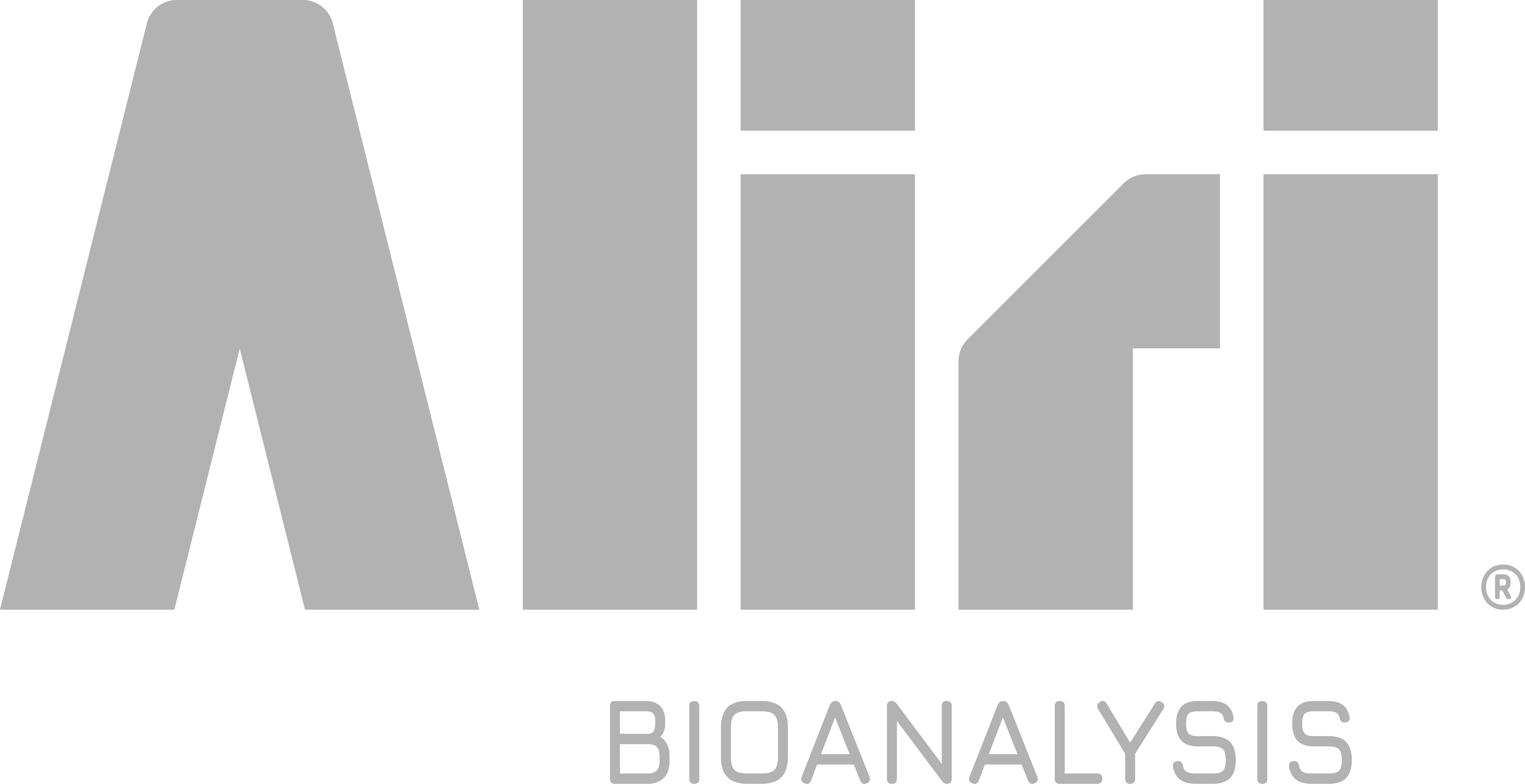Chemical modifications made to oligonucleotides can assist in absorption, distribution, and metabolism. While many oligonucleotide-based drugs share similarities in extraction and ionization techniques, the properties of the matrix itself are often overlooked. The extraction of a variety of oligonucleotides using a standard Clarity OTX solid phase extraction plate has been more commonplace in bioanalytical laboratories. These plates have been shown to isolate RNA and DNA-based therapeutics from biological fluids and tissues in a short period of time with high recovery percentages and standard extraction buffers. Here we show an alternate extraction method for a novel antisense oligonucleotide (ASO) in spinal cord and brain tissues.
Originally, acceptable and reproducible results were obtained by using a Clarity OTX SPE plate with non-human primate cerebral spinal fluid and brain tissue homogenate. The extraction was modified in mouse brain tissue to a liquid-liquid method involving phenol-chloroform. Further optimization in spinal cord tissue, however, required a more robust method using a phenyl solid-phase extraction (SPE) plate, triethylammonium acetate buffer (TEAA), and a protein precipitation filter plate.

